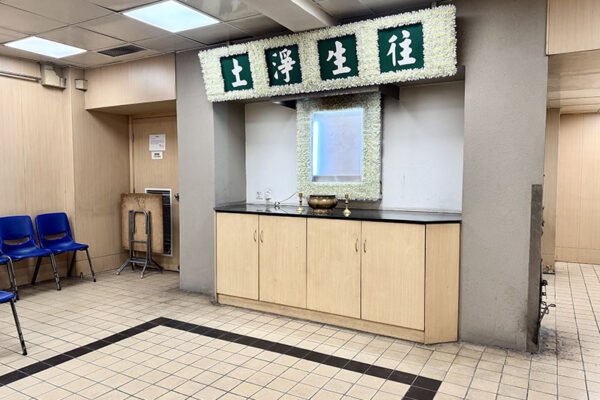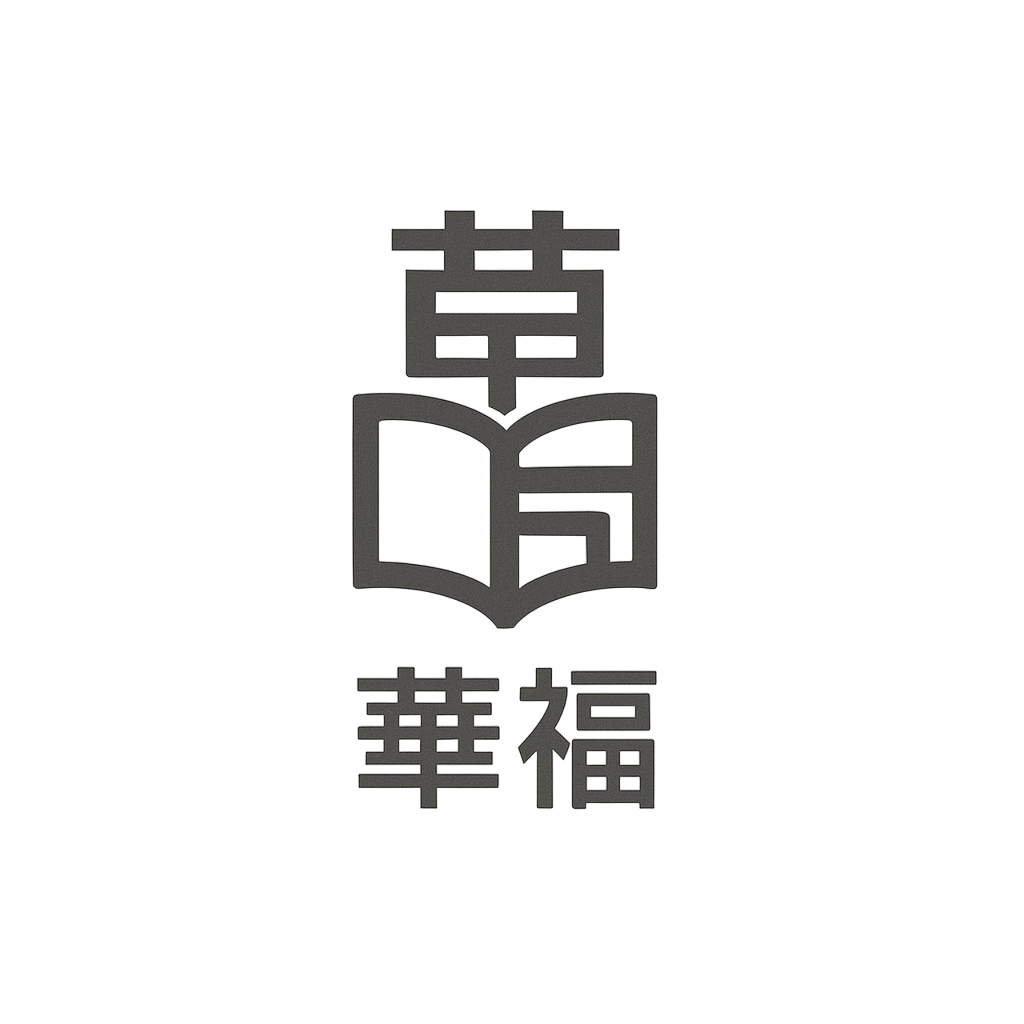Buddhist
The "Six Paths of Reincarnation" (六道輪迴) is a fundamental concept in Buddhism. The transition of life is like the four seasons of spring, summer, autumn and winter. Although there are different life forms and phenomena in each period, the essence of life continues to exist. Birth and death, death and rebirth are continuous cycles. Death is not the end of life, but the beginning of another reincarnation. Therefore, the purpose of Buddhist funerals is to help the deceased reincarnate smoothly or go to the Pure Land of Buddha. Buddhism advocates simple and solemn funerals, without noise, burning of paper money, and killing. Family members should eat vegetarian food, chant Buddha's name, and observe the Five Precepts, dedicating the merits to the deceased. Buddhism generally uses cremation and burial. Today, Taiwanese Buddhism prefers cremation and storing the ashes in the temple's columbarium so that the deceased can listen to the temple chanting Buddhist teachings.
1. Chanting for the Dying (臨終助念)
2. Disposition of the deceased (遺體安置)
Move the body to the hospital/funeral home for burial and storage on ice.
3.Set up a spirit tablet (豎靈)
Set up a spirit tablet for the deceased and offer flowers and fruits as offerings.
4. Seven periods (做七與法會 / 助念)
Recite Buddhist scriptures in the morning and evening, or invite a monk to lead the recitation of Buddhist scriptures to help the deceased eliminate karma and accumulate virtue.
5. encoiffin (入殮)
After being bathed, dressed and made up, the body is moved into the coffin for burial.
6. Funeral (出殯與告別式)
7. Burial (火化 / 安葬)
8. Settling the spirit of the departed (安靈)
Although Buddhism does not have the practice of resting the dead, the same sacrificial practices are still used in traditional funerals.

8. The 100th day after death (百日 / 對年 / 三年 / 合爐)

